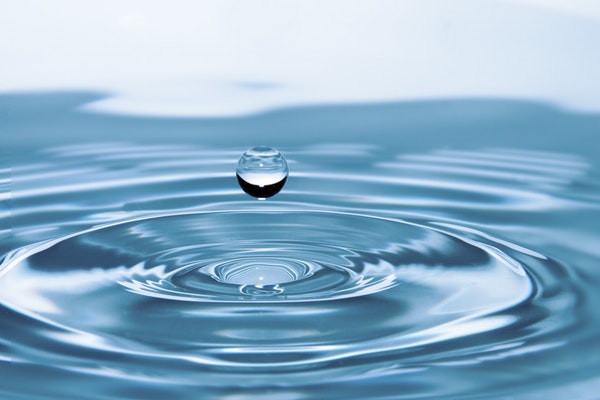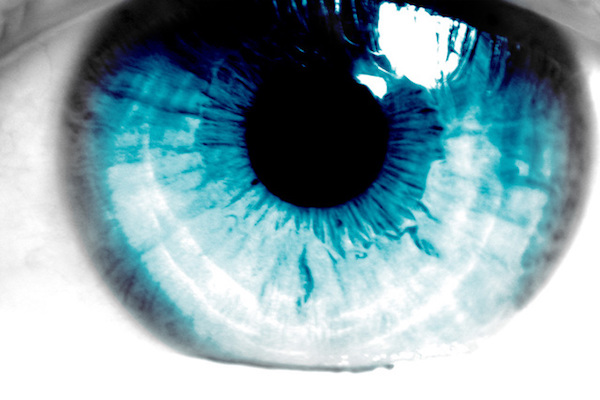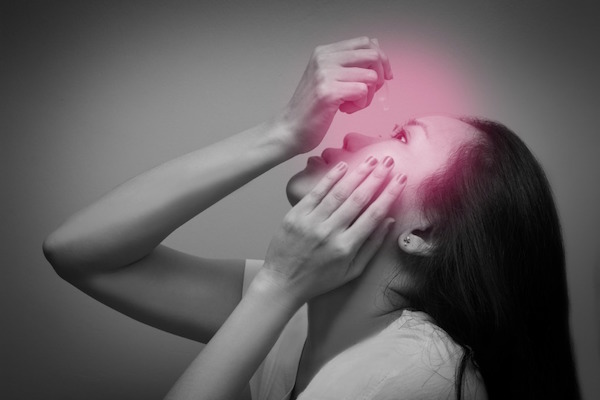
Rational Causes for the Recent Surge in Dry Eye Cases
Dry eye has always been quite common in older patients, but the number of young sufferers is clearly on the rise.
The American Optometric Association gives a simpler definition of dry eye, which is geared more towards patients and their understanding of the disease. On the AOA’s website, it says: “Dry eye is a condition in which a person doesn’t have enough quality tears to lubricate and nourish the eye (1).” This one sentence basically sums up dry eye in a nutshell, and it doesn’t sound like too much of a problem based on the definition. However, for patients experiencing complications from the disease, what seems like a “resolvable problem” can cause anything from a good amount of discomfort to outright pain and agony. Furthermore, finding adequate treatments for dry eye isn’t always easy, but eye care professionals have several reasons to believe that the situation is improving for patients and doctors alike.

To rehash, some of the main symptoms of dry eye include:
- Burning or stinging
- Redness of the eyes or eyelids
- Itching
- Light sensitivity
- Eye fatigue
- Contact lens irritation
Signs that you’re actually experiencing dry eye include:
- Decreased tear production
- Decreased tear break up time
- Corneal staining
If you’ve been dealing with dry eye in recent times (as a doctor or patient), you’ve probably noticed an uptick in publicity regarding the disease. This is because we’re currently undergoing a dry eye surge in the world of health and eye care. The condition has always been quite common in older patients, but the number of young sufferers is clearly on the rise. In my opinion, this surge has been bolstered by several main factors. The first and most obvious factor is “today’s technological climate.” Due to the modern development in certain technologies, our eyes are now faced with a whole new set of challenges including the condition known as digital eye strain.
Today’s Technological Climate:
Without question, today’s technological climate is much different than it’s been in the past. Computers and video games caused new problems for our eyes in the 80’s and 90’s, but around the turn of the millennium, cell phones became available (or affordable) for the general public. Shortly after, the cell phone turned into the iPhone (circa 2007) boasting several communication features beyond merely talking on the phone. Today, almost twenty short years since the turn of the millennium, we’ve gathered our entire lives (business, entertainment, personal, social, etc.) onto handheld devices and we hold those devices unusually close to our eyes. Many of us even have trouble breaking away from the grip of these devices, but periodical breaks are useful because we’re exposing our eyes to harmful blue light, which is a main cause of digital eye strain.
Significant research has exposed harmful blue light as a threat to our eyes on par with the threat posed by ultra-violet rays to our skin. Since a large amount of harmful blue light is emitted from all of our screens, increased use of digital devices significantly increases the risk of developing dry eye and other harmful conditions. On a positive note, certain types of contact lenses and prescriptions eyeglasses block a good amount of harmful blue light, which is a proactive measure for maintaining healthy eyes. Some of these contact lens and prescription eyeglasses include:
- Acuvue transitions
- Biofinity Energys
- Crizal Prevencia
- Essilor’s Essential Blue Series
- Zeiss DuraVision Blue Protect
- Hoya Recharge Blue Control
There are several more brands of glasses that offer blue light protection, so you should inquire with your eye doctor to see what’s best for you. If no visual correction is needed, you can consider a pair of non-prescription (plano) glasses with blue light blocker ground into the lens. On the opposite end, it’s important to note that all blue light isn’t bad. The key role of these optical innovations is to block harmful blue light (415 – 455nm) yet allow in beneficial blue light (> 455nm). If done properly, healthy circadian rhythms can be maintained, which is beneficial to our sleep cycles.
If contact lenses and eyeglasses reside on the hardware side of eye care technology, optical innovations exist on the software side as well. Consider the computer program Flux, which is designed to reduce harmful blue light and prevent digital eye strain. Flux is free and easy to integrate into your workday. Simply download the program onto your computer and arrange your preferences to the desired setting. Your screen will now display a “rosy” type of color, but the change won’t be too drastic. This small procedure will eliminate almost all harmful blue light emissions from your computer screen. In recent years, several companies tried to mimic Flux, and some offer better solutions for different platforms. Some those solutions include:
- Night Shift
- Night Light
- Twilight
- G.lux
- Iris
The Expanding Role of Today’s Optometrists:
The second factor in the recent surge of dry eye cases is the expanding scope of practice for optometrists. I tend to refer to this as “eye doctor expectations,” or better yet, “optometrist expectations.” Without question, more is being expected from today’s optometrists than ever before. As a result, several optometrists (like myself) are gaining more confidence in the diagnosis and treatment of certain diseases. Furthermore, because dry eye is dominating today’s eye care landscape, many practices are being built on specifically controlling the dry eye disease.
In the past, the role of an optometrist seemed simple enough. Determine the best vision options for patients. Assess for dry eye, allergies, and inflammation. Check for cataracts, glaucoma, and macular degeneration. And pass complicated cases to the specialists. But things are different in today’s ever-changing world of health and eye care. Technological advancements are helping to increase success rates in the treatment of several diseases and fewer dry eye cases are slipping through the cracks.
As it turns out, the eyes are very complex organs which connect to the rest of the body. When a given retina is examined, today’s optometrists can gain an inside look at the overall health of a person. Above and beyond dry eye, early signs of diabetes, high blood pressure, high cholesterol, and more can be detected through looking in someone’s eyes. Furthermore, if a disease starts to show in the eye, it won’t be long before other parts of the body are affected. Of course, the main obligation of an optometrist is to protect vision, but if an eye doctor can detect something more, it shouldn’t be left to someone else. Let’s face it, many young patients only go to see the eye doctor because vision is valued above all else. Add in the lack of healthcare coverage and many people are avoiding the primary care doctor altogether. In other words, expanding the scope of practice for optometrists is a good thing and dry eye complications play a major role in getting patients in touch with the eye doctor.
The Power of Public Awareness:
The third factor in the recent surge of dry eye is the “power of public awareness.” If you’ve never heard of dry eye disease until you saw it in a commercial, then the mission of the companies behind those commercials is accomplished. Today, dry eye is receiving unprecedented attention in the eye care industry because of marketing and advertising. Now, some might think these campaigns are overkill, but in my opinion, there are benefits to having an educated patient base. From past experiences, I’ve noticed that increased awareness of symptoms typically leads to better teamwork between patients and myself. I say this because patients know their symptoms better than anybody else and it’s better to have a starting point when initiating a treatment.
Case in point, one of the larger medical companies recently started a dry eye campaign with Jennifer Anniston. This seemingly marked the beginning of celebrity endorsements in eye care and even sparked a competition between companies enlisting celebrity help. This has definitely changed the landscape because many new (and existing) patients ask me, “Do I have what Jennifer Anniston has?” I didn’t realize the impact would be so great, but it’s pleasant to see people taking notice and it certainly provides a spark for conversation.
In my next post, I’ll address the rumors of new dry eye medications coming to market and shed light on other treatments that may indeed be helpful.







